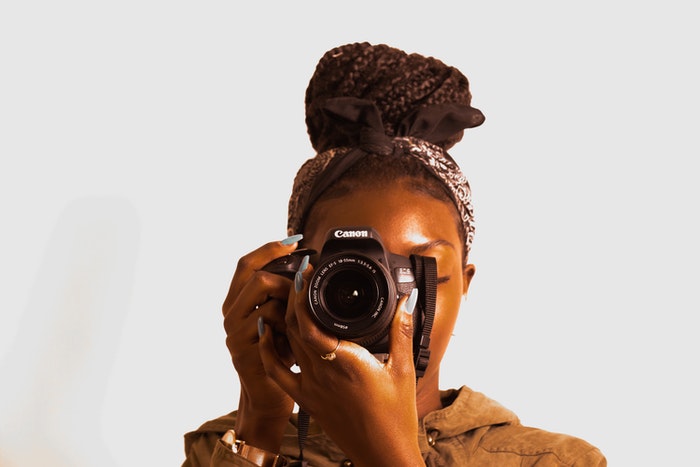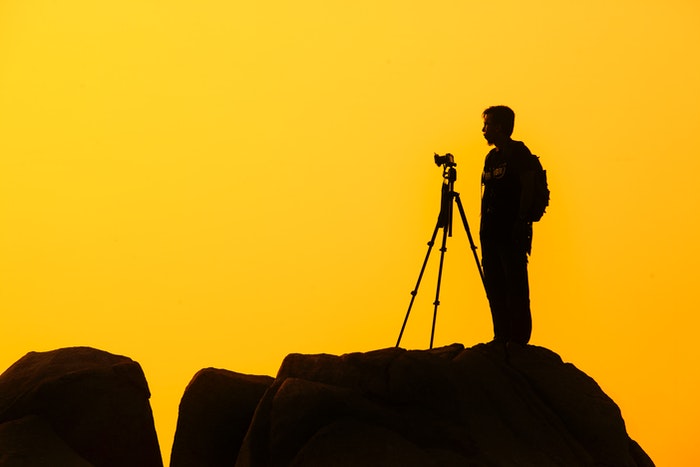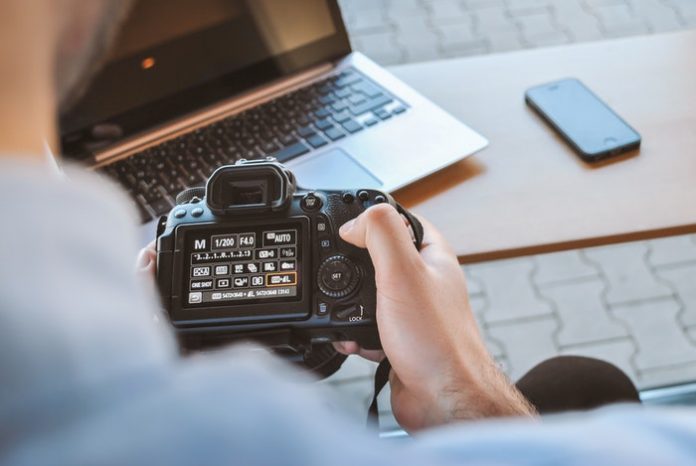If you have a passion for photography, then it could be a good business idea for you. It’s the sort of business you can start from home and not need to spend lots of money on an office. You’ll essentially be working as a freelancer, but the profit potential is very high for an idea like this.
Keep reading this guide if you want to know how to start a photography business and why it could be a great idea.
The benefits of a photography business
Before you start a business, you should weigh up the pros and cons. So, here are some of the main benefits you’ll see with an idea like this:
- Not many startup costs apart from the equipment
- Can choose when you work
- Everything can be run from home
- Photography is an in-demand service with many ways of providing that service to customers
- Photography is timeless — people will always want photographs of things, it’s not an industry where demand for your service will run out
- It’s a fun business where you do something you love
The drawbacks of a photography business
The good news is that there aren’t many drawbacks to this business idea:
- Lots of competition from rival businesses
- Can be hard to get going
- Ongoing investments in new and improved equipment (but this can be offset as a business expense and also covered by your profits)
Realistically, the first one is the main drawback. If you can’t compete with your rivals, then you will struggle to make money.
With all of this in mind, how do you go about starting a business like this? Unlike other business ideas, you don’t need to spend time looking for an office or another place of work. As such, it can be a relatively quick move to get things sorted. Here are the main steps and things to consider:

Purchase your photography equipment
You’re going to need a plethora of items to provide your photography service. Now, some photography businesses are slightly different from others. You may provide a specific service, which means you could need specific equipment. We’ll talk more about the different routes you can go down later in this guide.
For now, we’ll look at some of the most essential business equipment you will need:
- Camera: Clearly, you can’t provide your service without a camera. As a consumer, you may be inclined to look for the best deal and maybe choose a more affordable camera. However, this isn’t advised in this case. Remember, this is your livelihood. So, you need the best camera money can buy. Set yourself a realistic budget, then look at the top cameras on the market for professionals. Choose one that you’re comfortable with and that you know will provide amazing results.
- Lenses: Likewise, you need lenses to complement your camera and make it take photos. Some lenses you need include a telephoto lens, macro, wide-angle, and so on. Again, aim for quality as it will really play a role in how good your photos turn out.
- Tripod/Stability Items: A tripod is used to keep your camera steady, preventing blurred images. You definitely need one of these, along with other equipment that keeps cameras stable and steady.
- Lighting: A great photographer will be able to produce excellent lighting for their photos. This may only be relevant for certain types of photography. If you’re photographing people, then you need lighting equipment. If you’re more of a nature photographer, then you most likely won’t use this.
- Drone: A drone can be a very handy tool for the modern photographer. This is a great way to capture footage from high in the sky. Get your hand on something like the DJI Matrice 300 RTK to provide better outdoor images. Again, not all photographers will need a drone. If you do indoor photography, then it’s unnecessary. But, if you venture outdoors, then it is essential.
There could be other things on your equipment list as well. It depends on the photos you aim to take, and how many tools you think you need. Many photographers can make do with all of the above, and there’s always the option to add to your collection as your business gets more successful.
Choose your direction
There are many ways for a photographer to make money. On a simple level, you can split it into two different categories:
- Someone pays you for a specific service
- You take photos and sell them
A lot of photographers opt for a blend of both these options to try and keep as many revenue streams open as possible. For example, you could offer wedding photography services. People contact you and book you to take photos at weddings. But, in your spare time, you go out and take nature photos that you sell online. Have you ever wondered where all those stock photos come from on new articles? They’re from websites where photographers charge people to use them!
So, you need to choose which direction you’ll go down. If you want to try both, then that’s fine. But, if you do want to offer a specific photography service, then you may have to narrow yourself even further. Here are a few examples:
- Wedding Photography
- Portraits
- Family Photos
- School Photos
- Boudoir Photography
- Erotic Photography
- Food Photography
The list goes on and on, so think about what types of photos you most want to take. Again, you can definitely specialize in one area, or you can add a few services together. It’s entirely up to you, but deciding on what service you offer will help you market your business accordingly.

Promote your business
Next, you have to come up with a marketing plan for your photography business. This is a crucial step, as there are lots of rival companies out there. Marketing is how you ensure people come to you instead of all the other photographers.
Where to start? With a website, of course!
A website is essential as it makes it easy for people to find you, and there are several platforms like Squarespace and Adobe Portfolio you can design your site on. It will also serve as the center of your marketing campaign. Pretty much everything you do is geared towards driving people to your website. Not only that, but a photography website is a prime place to show off your photography skills. This is, ultimately, how people will judge you. If you have good skills, they’re more likely to hire you or pay for your photos. Make sure the site is designed by professionals and suits the services you’re providing. It needs to look amazing as this improves the first impression you leave on people.
Following this, you can start building different elements of your marketing strategy:
- SEO: Search engine optimization helps your website become more visible in search engines. This is how you beat your rivals by getting your site to appear before theirs. The higher up the search engine rankings you are, the more likely it is that someone will visit your site. Ideally, you should find a web designer who also knows SEO. This way, they can construct your site to appeal to search engines.
- PPC: Pay-per-click is a method of marketing/advertising that can generate a lot of exposure. The idea is that you pay to have adverts shown around the web. This can be on search engines or on different websites. You have to bid on the ads, then you pay whenever they are clicked. It’s worth reading up on PPC in more detail as it can be extremely helpful.
- Social Media: Social media is your best friend when marketing your business. Instagram is definitely your main focus. This app was made for photos, and it’s a fantastic place to share your pictures with the world. Again, it’s all about drawing people in by showing them how good you are. Be sure to take advantage of the right hashtags to try and find a wider audience.
- Content: Content marketing involves the creation of — you guessed it — content! Social media posts fall into this category, as do blogs. Having a blog on your photography website is essential. This gives you an opportunity to show how knowledgeable you are. Plus, the posts you create can help draw more people to your website. Write about things that relate to photography. Think about what people want to read. Some ideas include best cameras, top photography tips, etc.
It’s a good idea to work with a marketing agency if you’re not seeing results. Marketing is a very complicated domain, and every little campaign helps.
Set your prices
Finally, you have one thing left to do: set your prices. This is where many business owners mess up as they either set them too high or too low. Going too high means you price people out of your service. Going too low means you need to gain more clients to actually make a profit.
In reality, the best option is to see what your rivals are doing, then set your price at maybe a bit under what they offer.
There you have it, this concludes the complete guide to starting a photography business. It can be a profitable idea, but only when done correctly. Follow these steps to get things started.
Find a Home-Based Business to Start-Up >>> Hundreds of Business Listings.

















































